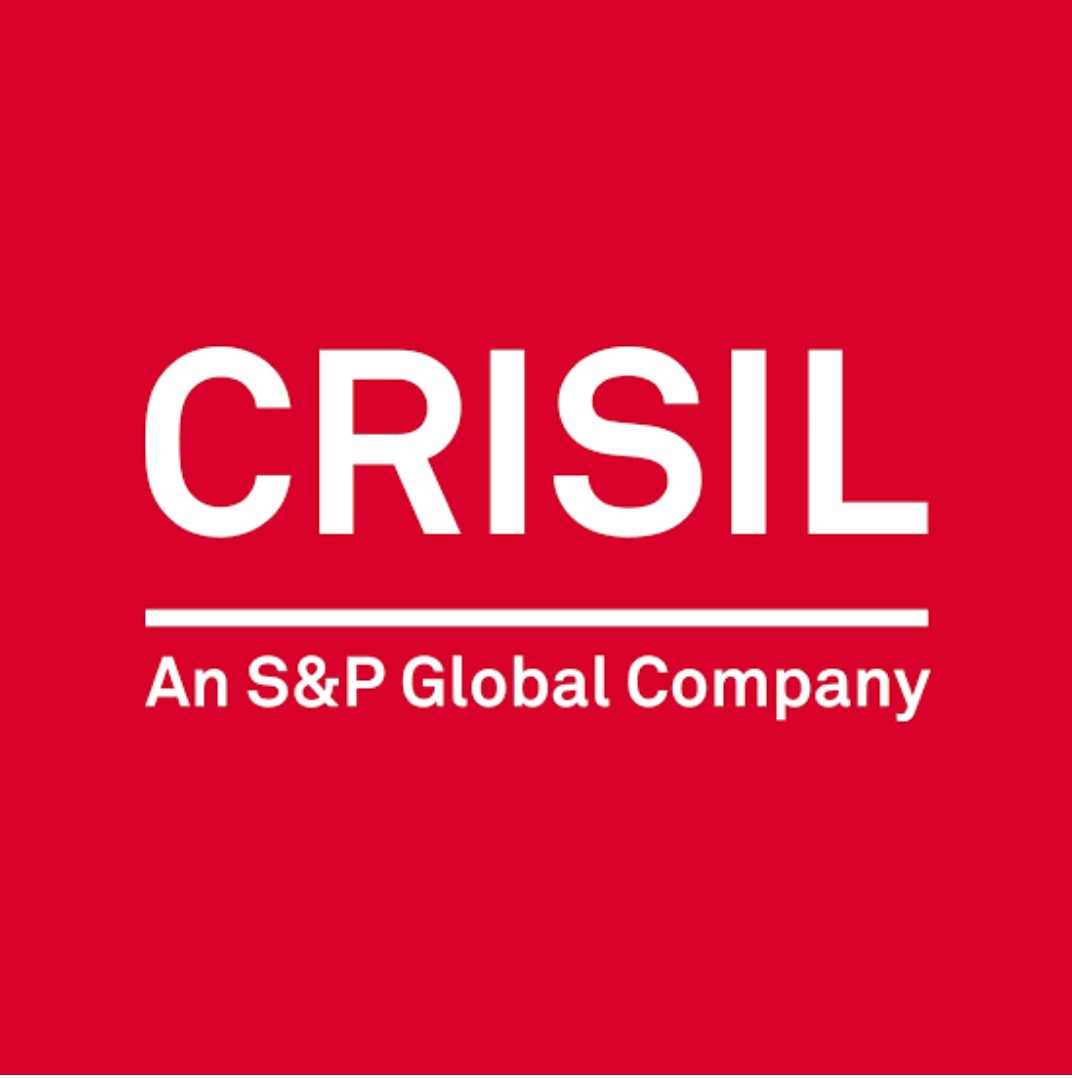
Profitability has support from strong export demand this fiscal, which should continue
The implementation of the Approved List of Models and Manufacturers1 (ALMM) from April 1, 2024, is expected to help keep operating margins of domestic module makers strong at 12-14% in fiscal 2025, in line with the level likely this fiscal. Healthy domestic and export demand will help, too.
This fiscal, profitability is expected to almost double over the previous fiscal as rising share of exports, which fetch a 15-20% premium over domestic prices, will more than offset the surge in imports in the absence of ALMM.
Says Ankit Hakhu, Director, CRISIL Ratings , “Indian module manufacturers are facing an onslaught of cheaper imports because of the temporary suspension of ALMM till April 1, 2024. However, the trade restrictions on China — mainly by the US — are boosting overseas demand for Indian modules. In fact, India’s module exports are seen tripling to 8-9 GW this fiscal. Markets abroad will stay good for Indian manufacturers next fiscal, too, as the US will continue to face a supply deficit due to its increasing demand and continuing restrictions on Chinese supply.”
Also, with ALMM coming back, domestic demand for Indian modules will become stronger.
Says Ankush Tyagi, Associate Director, CRISIL Ratings, “The return of ALMM in fiscal 2025 should curb the competition from imports. As a result, we expect domestic module prices to firm up after having fallen by more than 50% this fiscal. Moreover, demand growth will increase utilisation rates, as 70-75% of domestic demand (26-28 GW) will be met by Indian module producers next fiscal, up from 30-35% this fiscal2. These factors will help offset the pressure on profitability due to the decline in the share of exports for domestic module manufacturers (to 35-40% in fiscal 2025 from 50% in fiscal 2024).”
Higher sales volumes (both domestic and exports) and healthy margins will lead to robust accruals for module makers3 rated by CRISIL Ratings in the current and next fiscals. This will support capital expenditure for capacity expansion and technology upgrade and sustain healthy credit profiles.






